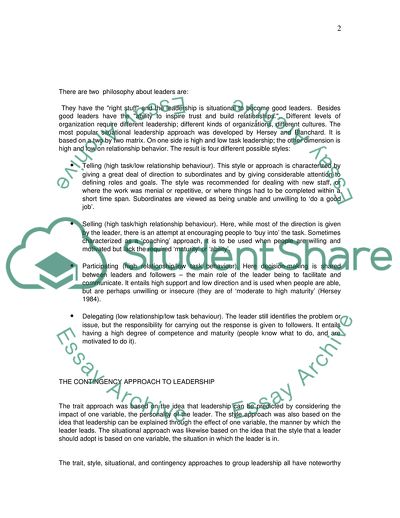Cite this document
(Effective Leadership in a High-Tech Corporate Environment Thesis, n.d.)
Effective Leadership in a High-Tech Corporate Environment Thesis. https://studentshare.org/human-resources/1713142-business-organisations
Effective Leadership in a High-Tech Corporate Environment Thesis. https://studentshare.org/human-resources/1713142-business-organisations
(Effective Leadership in a High-Tech Corporate Environment Thesis)
Effective Leadership in a High-Tech Corporate Environment Thesis. https://studentshare.org/human-resources/1713142-business-organisations.
Effective Leadership in a High-Tech Corporate Environment Thesis. https://studentshare.org/human-resources/1713142-business-organisations.
“Effective Leadership in a High-Tech Corporate Environment Thesis”. https://studentshare.org/human-resources/1713142-business-organisations.


